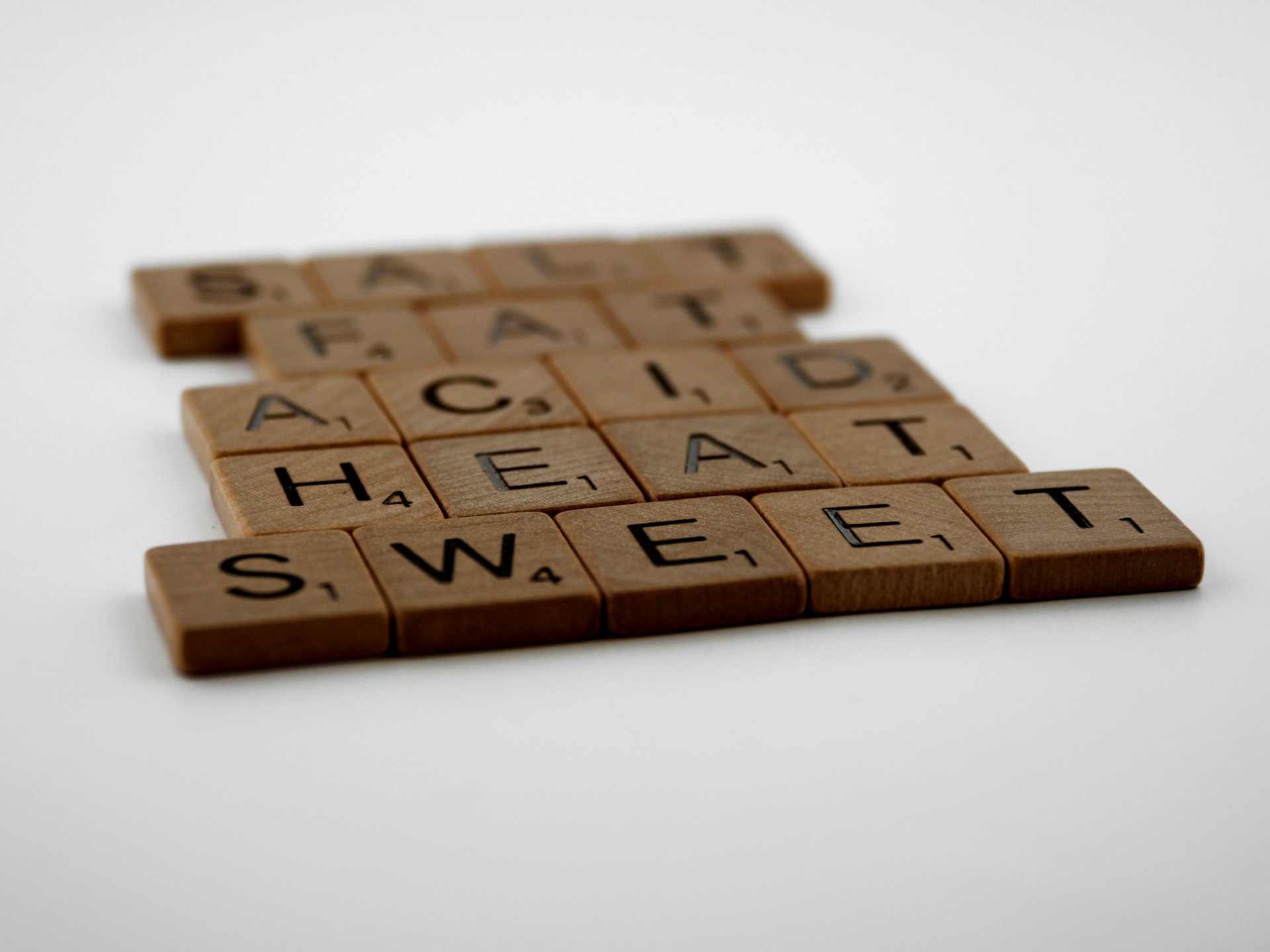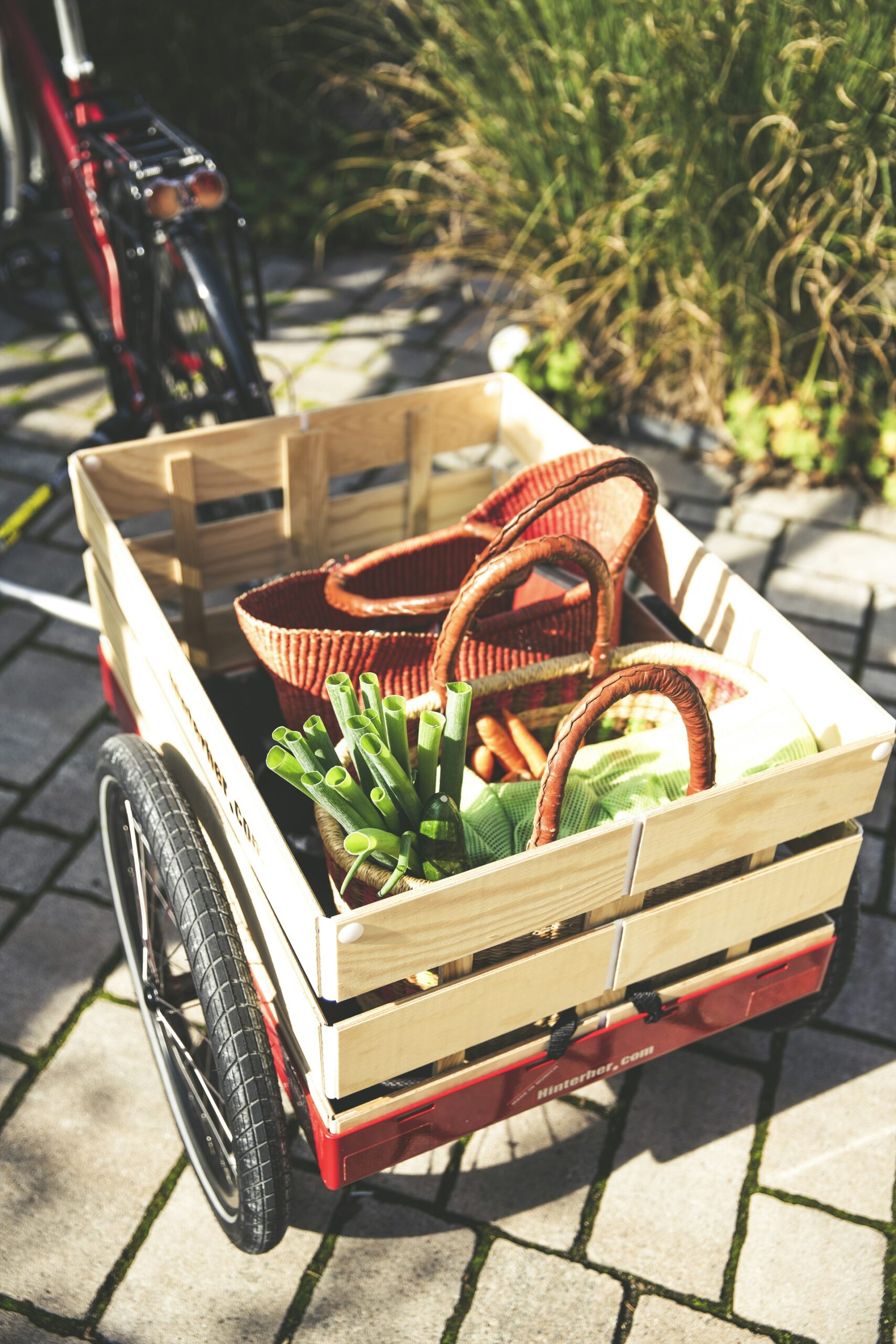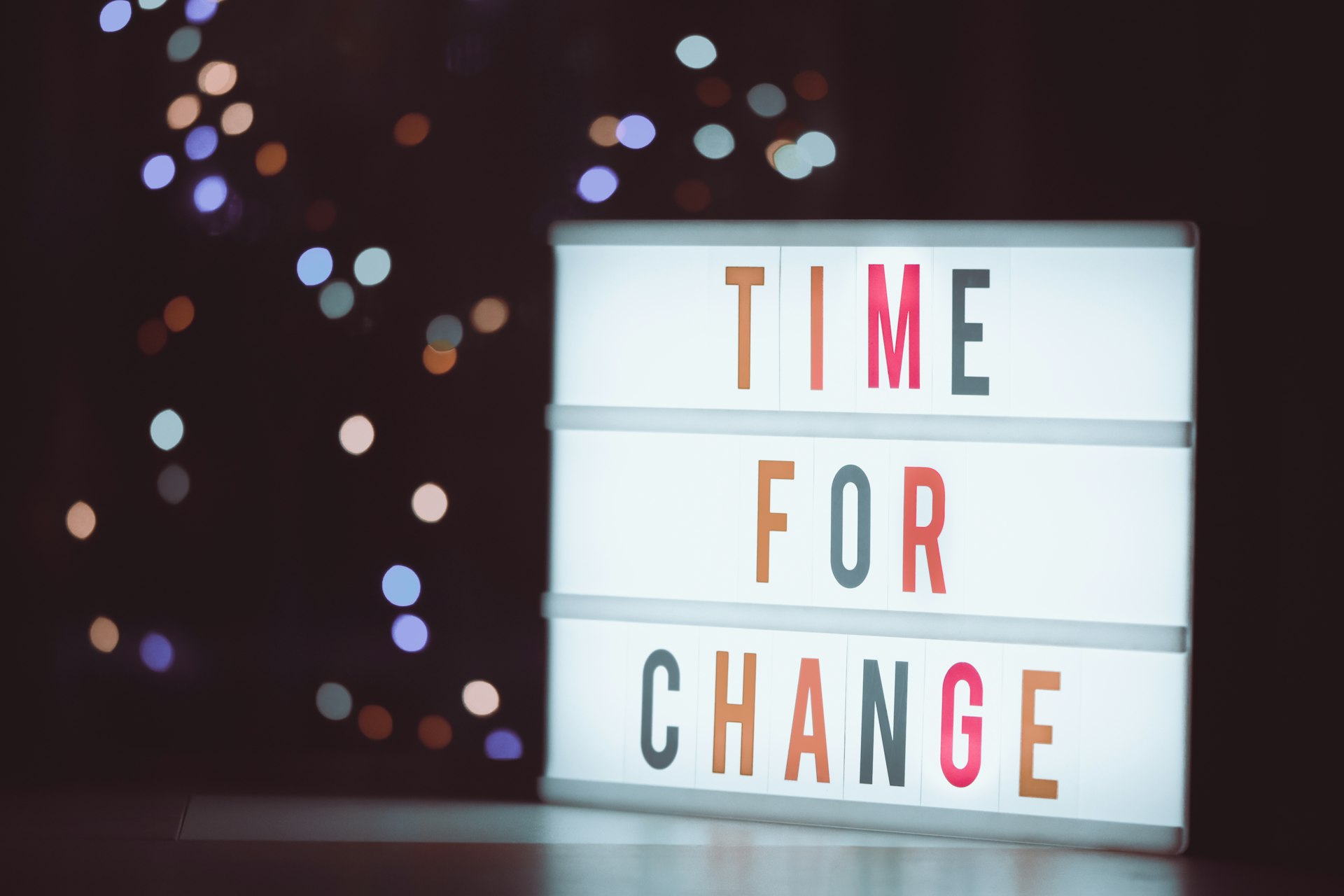Clean Eating Lifestyle Guide: A Practical, Actionable Plan for Lasting Health

Photo by Elena Leya on Unsplash
What Is Clean Eating?
Clean eating is a lifestyle approach centered on consuming foods as close to their natural state as possible, emphasizing whole, unprocessed ingredients and minimizing added sugars, unhealthy fats, and artificial additives [1] . This doesn’t mean a restrictive diet or eliminating entire food groups, but rather making mindful choices that prioritize nutrition and overall well-being [2] .
Core Principles of Clean Eating
Focus on Whole, Unprocessed Foods
The foundation of clean eating is simple: fill your plate with fruits, vegetables, whole grains, lean proteins, and healthy fats. These foods provide essential vitamins, minerals, fiber, and antioxidants that support optimal health. Frozen and canned produce can be affordable, convenient alternatives when fresh options are limited-just rinse canned vegetables to reduce sodium [1] .
Read Ingredient Labels
When buying packaged foods, always check the ingredient list. Ingredients are listed in order of quantity, so avoid products where sugar, salt, or unrecognizable additives appear near the top [1] . If you can’t pronounce an ingredient or wouldn’t use it in your own kitchen, consider a different choice [2] .
Cook at Home
Preparing meals at home gives you control over ingredients and portion sizes. Restaurant meals often contain excess salt, sugar, and unhealthy fats, so home cooking is a cornerstone of clean eating [1] . Batch cooking and meal prepping can save time and money, making it easier to stick to your goals [2] .
Choose Organic and Local When Possible
Opt for organic produce, especially for items with high pesticide residues (check the Environmental Working Group’s “Dirty Dozen” list for guidance). Shopping at local farmers’ markets supports your community and often provides fresher, seasonal options [1] .
Stay Hydrated with Clean Beverages
Avoid sugary drinks, sodas, and artificially sweetened beverages. Water, herbal teas, and infused waters are excellent choices for staying hydrated without unnecessary additives [1] .
How to Start Clean Eating: A Step-by-Step Guide
Assess Your Current Diet
Begin by reviewing what you currently eat. Identify processed foods, sugary snacks, and meals high in unhealthy fats. This awareness is the first step toward positive change.

Photo by Fotos on Unsplash
Make Gradual Changes
Transitioning to clean eating doesn’t have to happen overnight. Start by adding more vegetables and fruits to each meal, and gradually replace processed snacks with whole-food alternatives like nuts, seeds, or fresh fruit [2] . Swap refined grains for whole grains, and choose lean proteins like chicken, fish, beans, or tofu.
Plan and Prep Your Meals
Meal planning reduces the temptation to grab unhealthy convenience foods. Dedicate time each week to plan your meals, shop for ingredients, and prep components like chopped vegetables, cooked grains, and proteins. Having healthy options ready makes it easier to stick to your clean eating goals [2] .
Smart Grocery Shopping
Spend most of your time in the produce section, and choose a variety of colorful fruits and vegetables. When selecting packaged foods, opt for those with short, recognizable ingredient lists. Compare nutrition labels to find options with less added sugar and sodium.
Cook Simple, Flavorful Meals
You don’t need elaborate recipes to eat clean. Focus on simple combinations: grilled chicken with roasted vegetables, a quinoa salad with fresh herbs, or a smoothie made with spinach, banana, and almond milk. Experiment with herbs and spices to add flavor without excess salt or sugar.
Stay Flexible and Balanced
Clean eating is not about perfection. Many experts recommend an 80/15/5 approach: 80% whole, unprocessed foods; 15% better-for-you processed foods; and 5% indulgences [2] . This balance makes the lifestyle sustainable and enjoyable.
Overcoming Common Challenges
Eating Clean on a Budget
Clean eating can be affordable. Buy frozen or canned fruits and vegetables when fresh options are expensive. Purchase grains, beans, and nuts in bulk. Plan meals around seasonal produce, which is often cheaper and tastier. Prepare large batches of soups, stews, or casseroles and freeze portions for later use.
Limited Access to Fresh Foods
If you live in a “food desert” with limited access to fresh produce, explore community gardens, farmers’ markets, or grocery delivery services. Canned and frozen options retain most of their nutritional value and can be just as healthy when chosen wisely [1] .
Dining Out and Social Situations
When eating out, look for menu items that emphasize vegetables, lean proteins, and whole grains. Don’t hesitate to ask for modifications, such as dressing on the side or steamed instead of fried. Remember, occasional indulgences are part of a balanced lifestyle.
Sample Clean Eating Day
Breakfast
Greek yogurt with fresh berries, a drizzle of honey, and a sprinkle of nuts or seeds.
Lunch
Mixed greens with grilled chicken, cherry tomatoes, cucumber, avocado, and a simple olive oil and lemon dressing. A side of quinoa or brown rice.
Snack
Sliced apple with almond butter or a handful of raw almonds.
Dinner
Baked salmon with roasted Brussels sprouts and sweet potatoes. A side salad with a variety of leafy greens.
Dessert
Dark chocolate squares or a small bowl of mixed berries.
Long-Term Success: Making Clean Eating a Lifestyle
Clean eating is most effective when approached as a lifelong journey rather than a short-term diet. Celebrate small victories, such as trying a new vegetable or cooking a meal at home. Surround yourself with supportive friends and family, and seek out communities-online or in-person-that share your goals.
Tracking Progress
Keep a food journal to monitor your habits and identify areas for improvement. Note how different foods make you feel, and adjust your choices accordingly. Over time, you’ll develop a deeper understanding of what works best for your body.
Staying Motivated
Set realistic, achievable goals. Focus on how clean eating makes you feel-more energy, better digestion, improved mood-rather than just the number on the scale. Remind yourself that every healthy choice counts, no matter how small.
How to Access More Resources
For additional guidance, explore reputable websites like Franciscan Health’s blog for practical tips on starting clean eating [1] , or Clean Plate Mama for beginner-friendly advice and meal ideas [2] . These resources offer step-by-step plans, recipes, and support for making lasting changes.
If you’re looking for personalized advice, consider consulting a registered dietitian or nutritionist. They can help tailor a clean eating plan to your unique needs, preferences, and health goals.
References
[1] Franciscan Health (2023). 5 Easy Ways to Start Clean Eating.
[2] Clean Plate Mama (2023). Clean Eating for Beginners: The Ultimate Clean Food Guide.
MORE FROM promohunterpro.com













